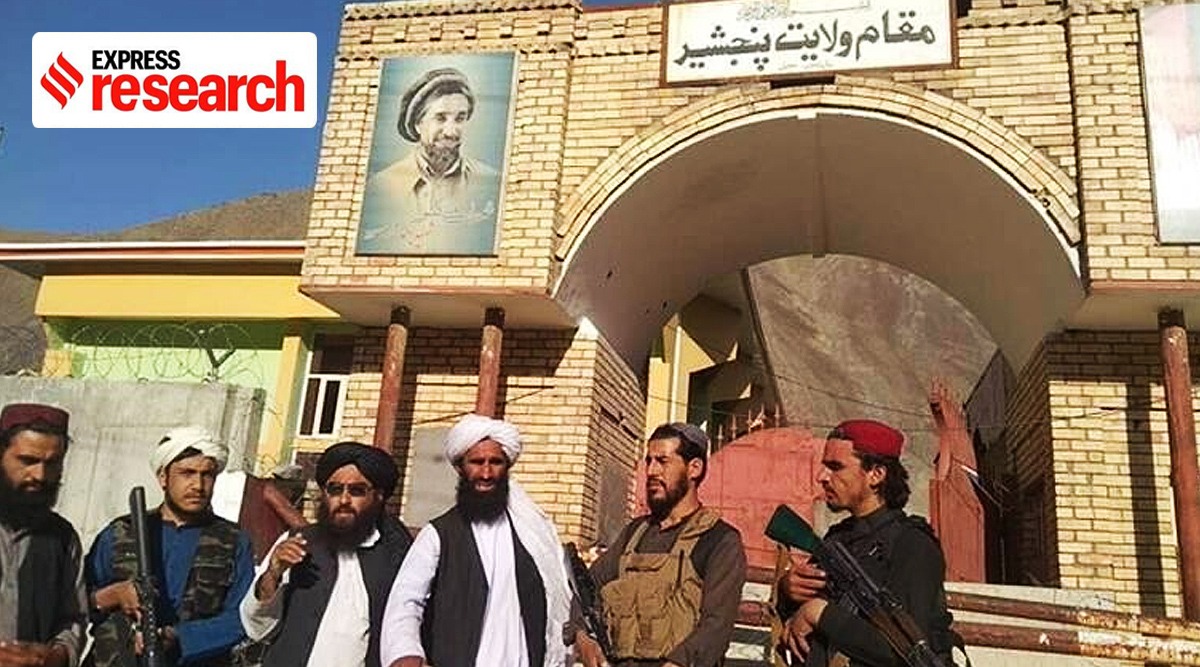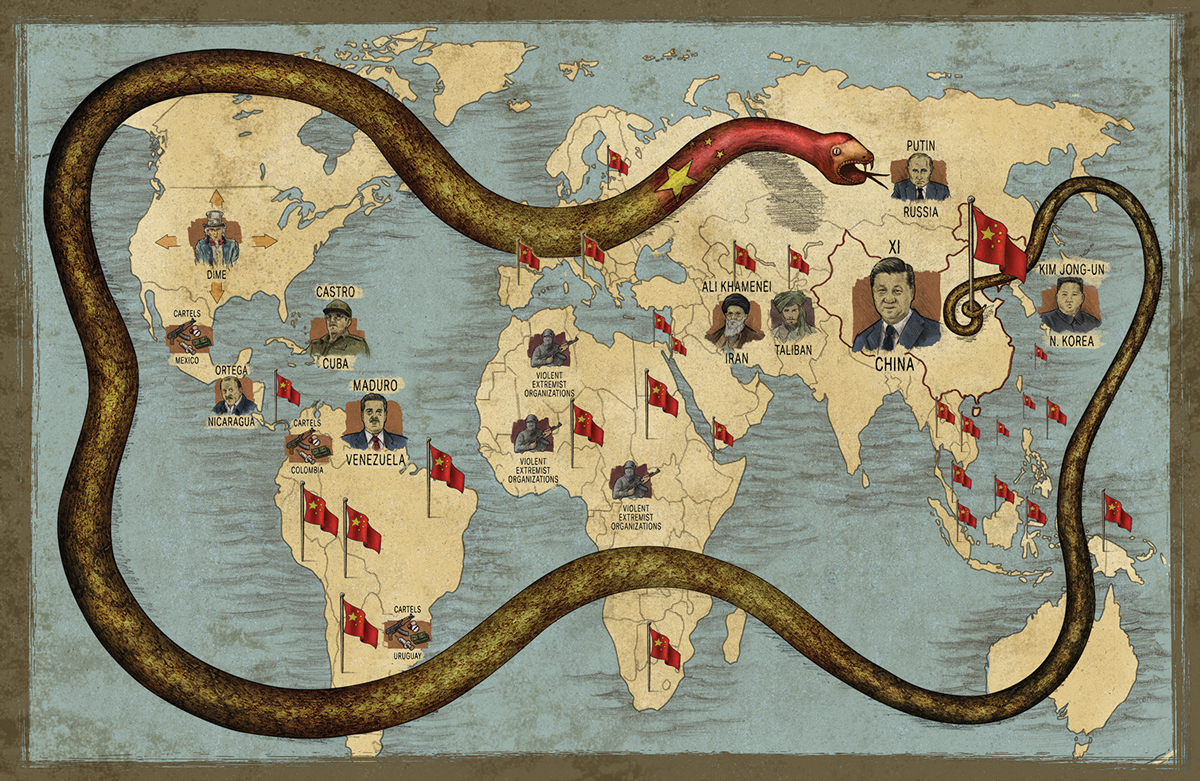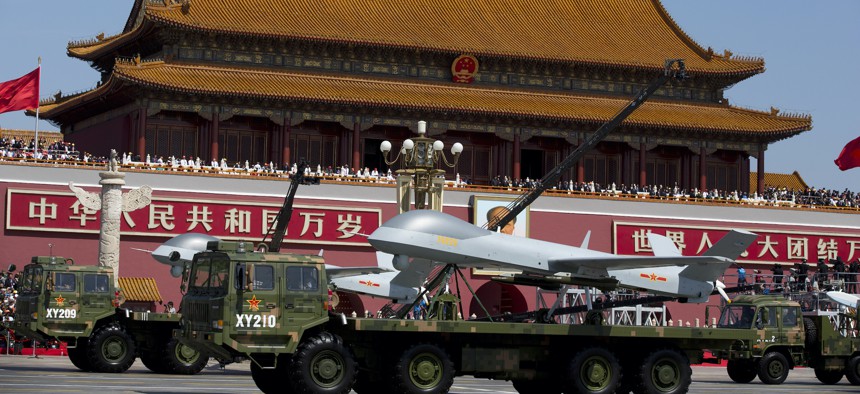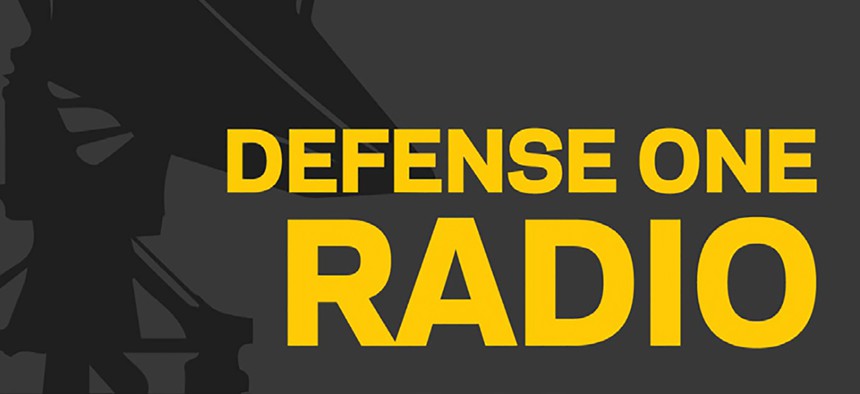OVERVIEW
The onset of the COVID-19 pandemic presented significant challenges to the U.S. intelligence and national security community (IC). Quarantine regulations, maximum occupancy rules, and social distancing guidelines forced the IC to embrace remote work. This initially proved challenging to a culture that primarily deals with classified information within sensitive compartmented information facilities (SCIFs) and has been resistant to change. The impact on teamwork, workplace relationships, and general wellbeing also raised concerns. As months passed and agencies were able to pivot their operations, the shift to remote work prompted deeper discussions about risks and benefits, impact on recruitment and retention efforts, and appropriate use of emerging technologies that facilitate secure remote work environments.
In pursuit of its mission to deepen understanding of the IC, The Intelligence and National Security Foundation (INSF), in partnership with Avantus Federal and ClearanceJobs.com, launched “The Future of the IC Workforce” videocast series in spring of 2021 to explore these questions. This three-part program examined these issues from the people, processes, and technological perspectives by eliciting key insights from top public and private sector leaders. The three discussions underscored key challenges and lessons learned from the shift to remote work. Moderated by ClearanceJobs’ Lindy Kyzer, “Episode One: Risks and Benefits of Remote Work” featured retired NSA Executive Director Harry Coker and Avantus Federal CEO Andy Maner; Acting Assistant Secretary of State in the Bureau of Intelligence and Research (INR) Kin Moy and Assistant Director of National Intelligence and the IC’s CFO Trey Treadwell participated in “Episode Two: Adapting the IC Workforce: Recruiting, Retaining, Training, and Re-Skilling;” and Marie Falkowski, Chief of Digital Innovation, Weapons and Counterproliferation Mission Center, CIA, and Dr. Eliahu Niewood, Vice President of Intelligence & Cross-Cutting Capabilities, MITRE closed out the series in “Episode Three: Enabling a Secure Hybrid Work Environment.”
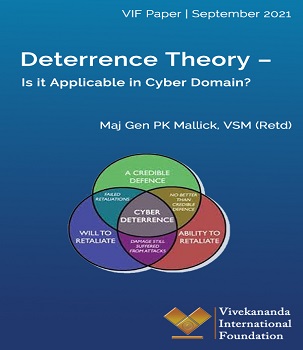 The Deterrence Theory was developed in the 1950s, mainly to address new strategic challenges posed by nuclear weapons from the Cold War nuclear scenario. During the Cold War, the U.S. and the Soviet Union adopted a survivable nuclear force to present a ‘credible’ deterrent that maintained the ‘uncertainty’ inherent in a strategic balance as understood through the accepted theories of major theorists like Bernard Brodie, Herman Kahn, and Thomas Schelling.1 Nuclear deterrence was the art of convincing the enemy not to take a specific action by threatening it with an extreme punishment or an unacceptable failure.
The Deterrence Theory was developed in the 1950s, mainly to address new strategic challenges posed by nuclear weapons from the Cold War nuclear scenario. During the Cold War, the U.S. and the Soviet Union adopted a survivable nuclear force to present a ‘credible’ deterrent that maintained the ‘uncertainty’ inherent in a strategic balance as understood through the accepted theories of major theorists like Bernard Brodie, Herman Kahn, and Thomas Schelling.1 Nuclear deterrence was the art of convincing the enemy not to take a specific action by threatening it with an extreme punishment or an unacceptable failure.

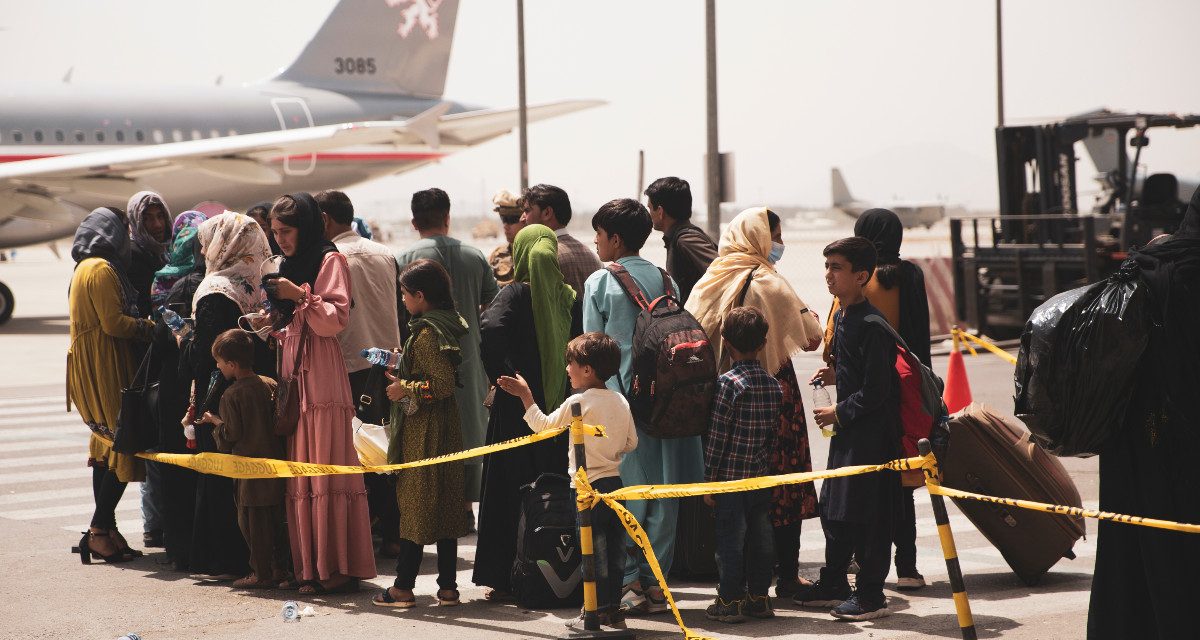

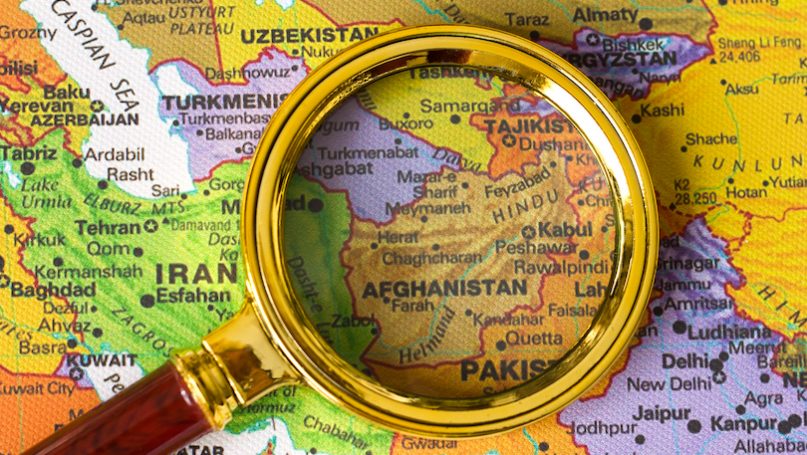
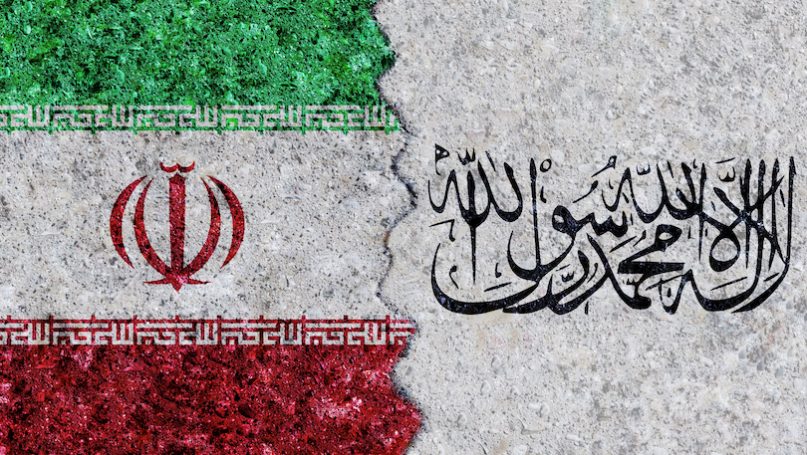
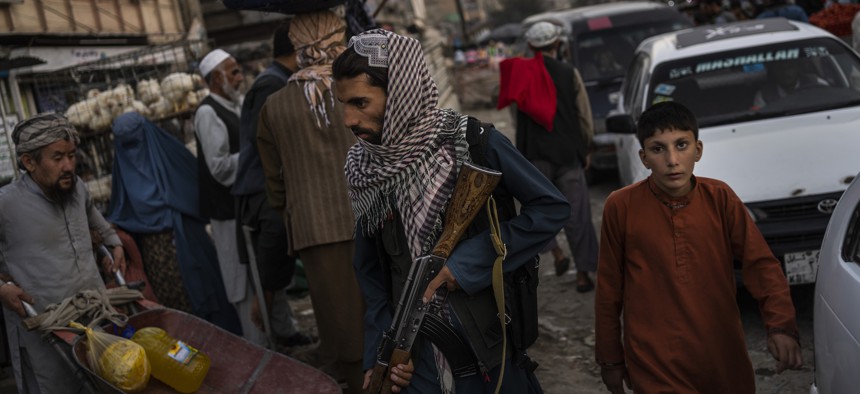
:quality(70)/cloudfront-us-east-1.images.arcpublishing.com/mco/75OJ5OPOINHVPA2TC35RMDZXNE.jpg)
